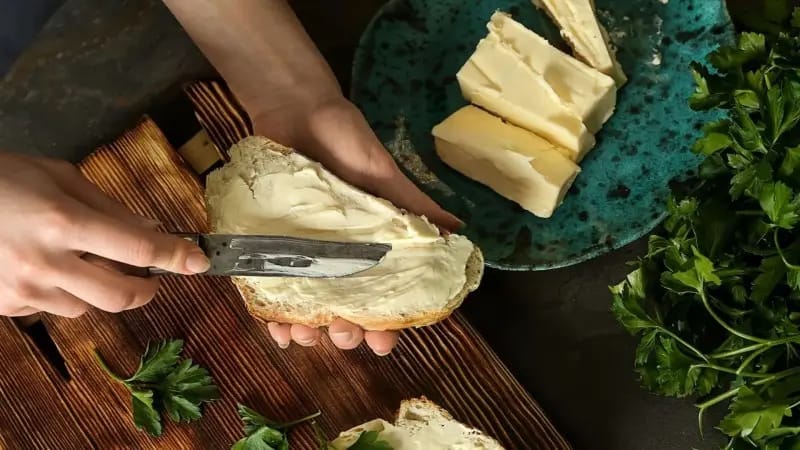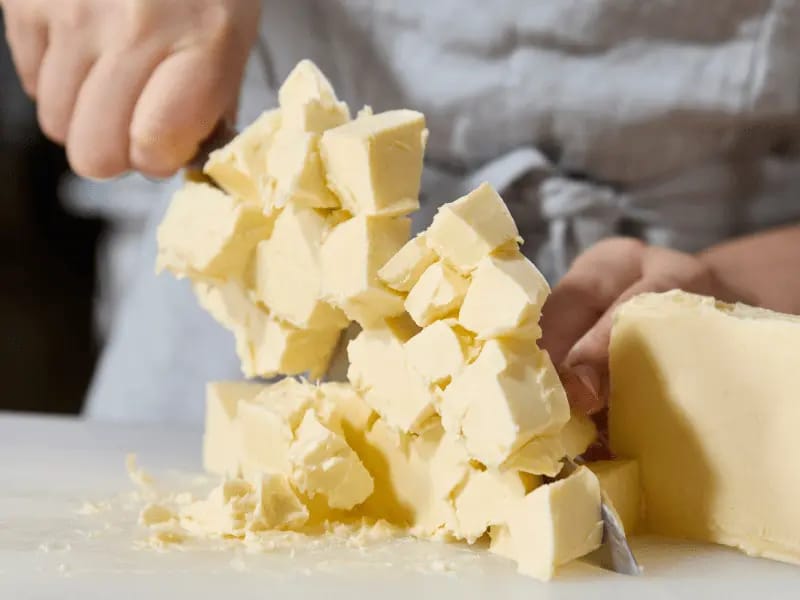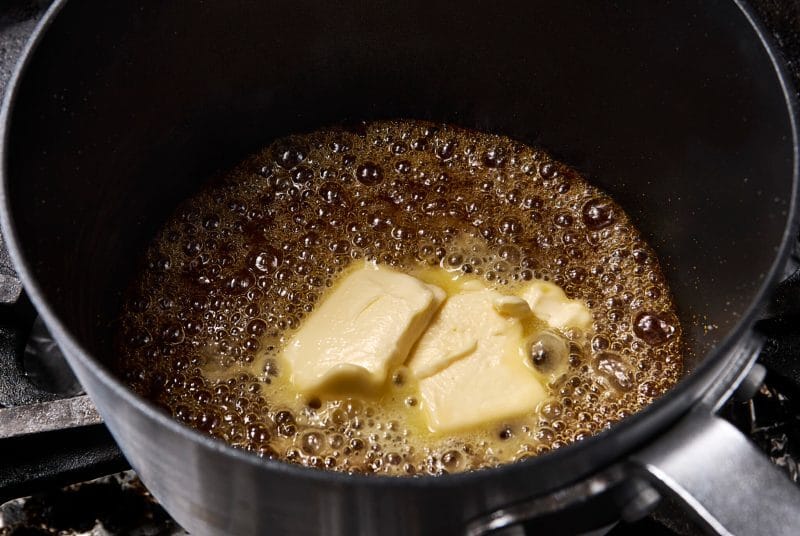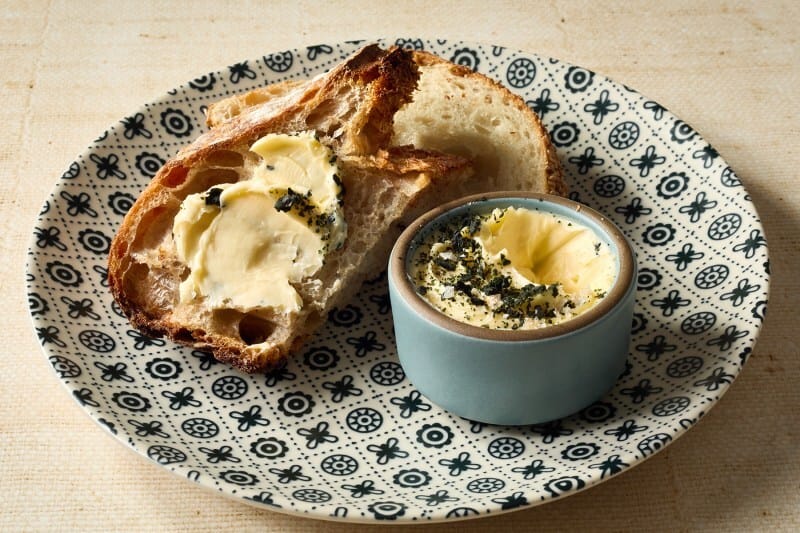Savor’s Carbon Alchemy
Imagine spreading butter on warm sourdough, knowing it was spun from the air around you rather than churned from a cow.
It sounds like culinary fantasy, but Savor, a Bay Area startup, is bringing that idea to life. Their “carbon-to-butter” initiative is true modern alchemy, turning invisible gases into rich, golden fat.

We let this idea steep in our minds for a bit, and still couldn’t fathom how it worked, or even how to go about coming up with such an idea. So, we did our research.
The Simple Wonder Behind the Science
At its heart, butter is just a collection of molecules: carbon, hydrogen, and oxygen, arranged into fats. If you can find those atoms and assemble them correctly, you don’t need a pasture or a dairy herd, you can make butter directly.

Savor’s approach borrows inspiration from deep-sea hydrothermal vents, where heat and minerals knit simple molecules into more complex ones.
In their labs, carbon dioxide and hydrogen are the raw ingredients.

Courtesy of Savor
Using heat, pressure, and catalysts, these gases transform into hydrocarbon chains. Add oxygen at just the right points, and you get fatty acids, which are the essential building blocks of butterfat.

Courtesy of Savor
Finally, by attaching these acids to glycerol, Savor forms triglycerides, which are chemically identical to the fats in dairy butter.
Blend them thoughtfully, and you can dial in texture, melting point, even the crispness of a croissant.
In other words: this is far more chemistry than farming.
Bill Gates stopped by the Savor test kitchen a while back, watch his reaction to the lab-made butter.

Savor co-founders Ian McKay and Kathleen Alexander.
How It Cooks and Tastes
Chefs have already put Savor’s butter to the test in laminated pastries, artisan bread, even chocolate confections. The feedback? It behaves remarkably like dairy butter. Melting, spreading, and enriching dishes in familiar ways.
Some chefs have requested profiles closer to “commodity butter,” and Savor has adjusted the molecular recipe accordingly.

Courtesy of Savor
Why It Feels Revolutionary
It’s a climate solution you can taste. No pastures, no palm plantations, no deforestation. Savor’s process requires a fraction of the land and water of traditional agriculture.
In addition, vegetarians and vegans should be able to enjoy these synthetic animal fats without consequence.
The Caveats Worth Noting
Magic always comes with fine print. Producing hydrogen cleanly is energy-intensive, so the environmental footprint depends heavily on renewable power. Scaling from a pilot facility to global distribution is another hurdle.
And while the U.S. has granted “generally recognized as safe” status, consumer acceptance will grow only through transparency and trust.

Courtesy of Savor
Do you love this idea, or does it sound scary? Unnecessary?
Learn more about their process and motives on the very sleekly designed Savor website.
Images © Copyright Savor.
The post Savor’s Butter Made From Thin Air Breaks Our Brain appeared first on Moss and Fog.
